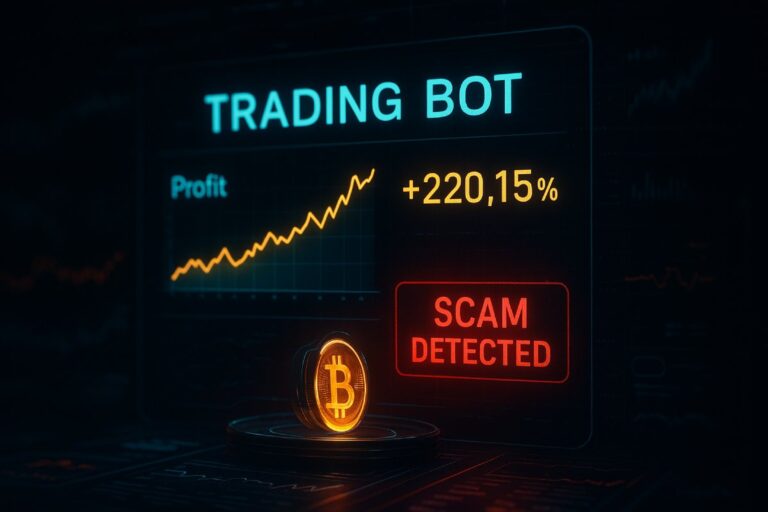So you want to make money while you sleep. The promise is seductive: hand over your crypto to a sophisticated trading bot, and watch the profits roll in while you’re doing something else. Automated trading bots are real, and legitimate ones do exist. But for every real bot quietly executing trades on major exchanges, there are dozens of fake ones.
In Hong Kong, where crypto adoption runs high and regulatory frameworks are still catching up, these scams have found particularly fertile ground. They show you fake profits, get you excited, take your money, and disappear. I’ll walk you through how these scams operate, what the red flags look like, and what your options are if you’ve already discovered that your profitable trading bot was a scam.
What Are Crypto Bot Scams and How Do They Work?
At their core, crypto bot scams are fraudulent programs disguised as automated trading tools. Instead of trading on your behalf, their true purpose is to siphon off your funds under the illusion of generating profits.
Let me walk you through the most common types because understanding their playbooks is your best defense against falling victim.
Arbitrage Bot Scam
MEV Bot Scam
Telegram Crypto Bot Scam
The Bait-and-Switch
How to Spot a Fake Crypto Trading Bot
- Guarantees of High, Risk-Free ProfitsReal trading is risky. Anyone promising “guaranteed X% daily returns” is lying.
- Pressure to Share Private Keys or Seed PhrasesA legitimate bot integrates with your exchange through API keys with limited permissions. It will never ask for your private keys or seed phrase. Handing those over is like giving someone the master key to your bank vault.
- Lack of Transparency & Vague ExplanationsScammers hide behind claims of “secret algorithms” but can’t provide audits, verifiable back-testing, or clear strategies.
- Fake Social Proof and UrgencyTestimonials with generic language, cloned social accounts, and urgent offers like “only 10 spots left” are classic tactics to rush you into a decision.
- Cloned or Unprofessional WebsitesPoor grammar, suspicious domain names, or sites that mimic real exchanges are all signs of a scam.
How to Keep Your Crypto Safe When Using Trading Bots
- DYOR (Do Your Own Research): Always search for the bot’s name + “scam” or “review” before investing. Look for independent audits.
- Remember the Golden Rule: If it sounds too good to be true, it is.
- Stick to Reputable Platforms: Use only well-known bots integrated with major exchanges.
- Use a Separate Wallet: If you experiment, fund a separate “hot wallet” with a small amount—never your main portfolio.



